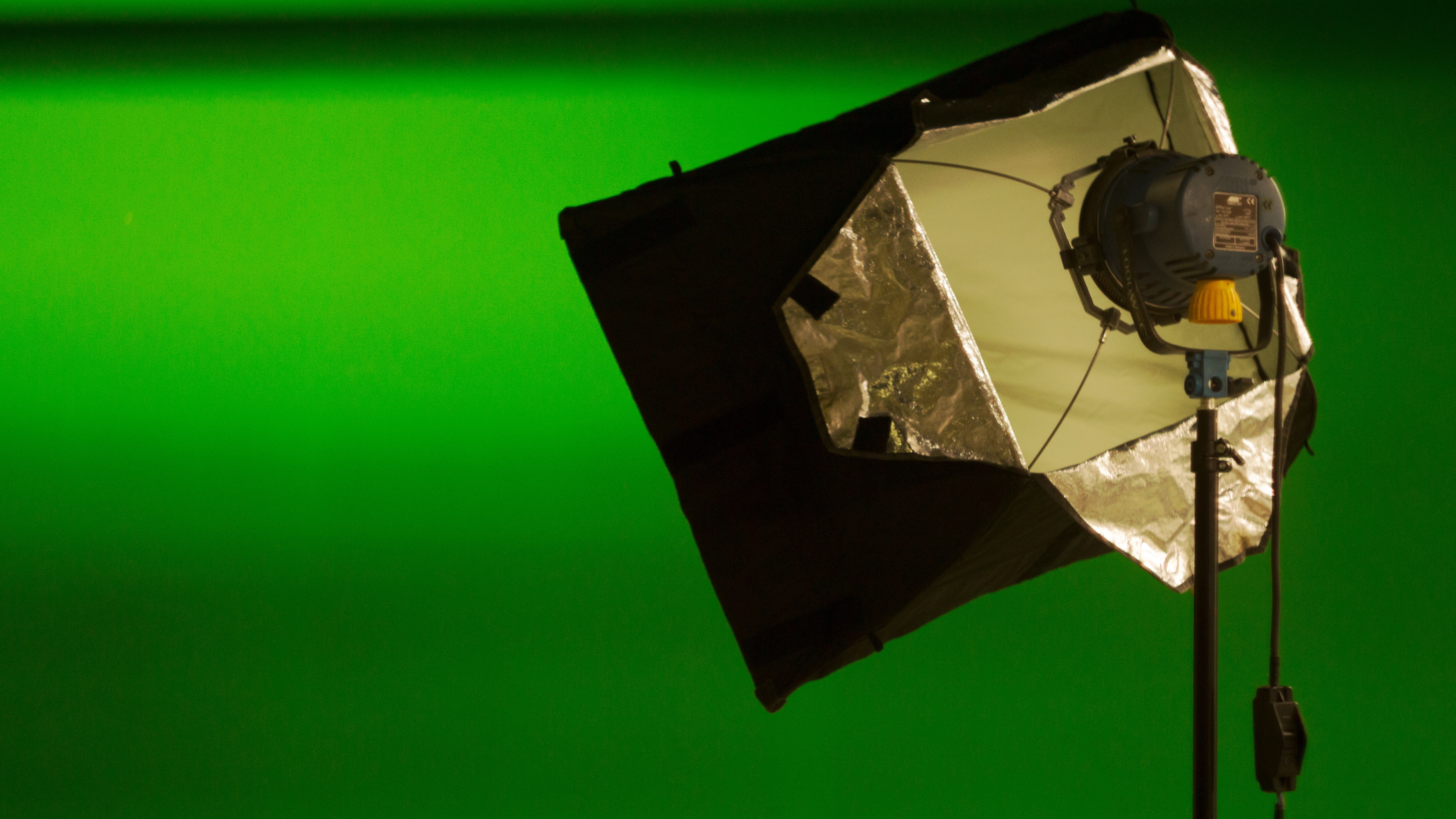

All of the squared in the three rows except for pure black, white, and middle gray are red.Look at the three rows with red above first. adding black, white, or gray may change the color due to the impurity of materials. However, when working with actual pigments, paints, inks, dyes, etc. In theory, adding white, black, or gray to a hue does not change the color it only adjusts the value (lightness or darkness). Let's look at each characteristic and explore how hue value chroma work together to define every color. Not only will you be able to describe colors to others more accurately, but you'll also become more adept at selecting the right colors and creating color harmonies for any project. The more clearly and consistently you can describe each of the three parts of color, the better you will become at seeing color undertones and detecting the subtle differences between colors. For example, if you've ever described a color as being light blue-gray or deep olive green, you've expressed all three of these attributes. Hue, value, and chroma are just technical-sounding terms for the way you talk about colors every day. Mixing a pure hue with black, white, gray, or any other color reduces its purity and lowers the strength of the original hue. Chroma is the attribute that expresses the purity of a color. It defines a color in terms of how close it is to white or black. Value refers to the lightness or darkness of a color. Then using the green screen program, this can be combined with other footage to create a film that meets your creative visions.Hue distinguishes one color from another and is described using common color names such as green, blue, red, yellow, etc. Cropping and keying produces a blank space into which any image (including actual film footage or animations), text or elaborate computer effects can be added. This means that one second of film consists of 24 frames. One frame is usually 1/24 of a second in a film. This way the audience won't notice the "composited elements" in the picture. By means of precise work, the transitions between foreground and background can be made smooth and realistic in their perspective. In this stage, individual images, also known as frames, and visual elements are combined to form the complete picture. The last step in video production is compositing. This makes it possible to add the new content as a background.
#Chroma key software
This software subtracts the blue and red channels from the solid green background in the video. In only a few clicks, you can create impressive videos that will delight your audience.Īfter the film has been shot, the work begins using the green screen software in post production.
#Chroma key movie
In both cases, the foreground and background can be easily and accurately removed in post production using the green screen editor in Movie Studio Platinum. In scenes that are shot in the dark, it is possible that the green color around the edge of any objects that should be removed is more visible than blue. If you have any green spill, the green edges that are hard to remove will blend more easily into the bright light. When shooting scenes that take place in daylight, it is advisable to use a green background.

Otherwise they might disappear almost "magically" due to chroma key editing. Try to avoid reflecting objects in the picture, for example glasses, helmets and visors. The light should be chosen to create realistic lighting conditions depending on which footage will be added to the scene afterwards.

The same is true for the scene's lighting. This will yield a more natural-looking shadow. If, however, shadows should be visible in the scene, it is best to create them directly on any objects or subjects in front of the green screen while filming. In principle, however, both the green screen and the subjects in front of the camera should be evenly illuminated, as they will stand out better against the background in the video. These reduce the risk of spill because they absorb the light. To avoid this problem, you should place black cloths at the sides and below the area you're filming. Overly bright lighting can also lead to so-called "spill" on skin, hair or light-colored clothing. The green screen will then appear white and be very difficult to remove afterwards.

However, you should avoid shining any excessively bright spots directly on the screen, because the light could outshine the solid green background. For a homogenous picture without any shadows or distortion, it is important to evenly light the green screen. No matter if your green screen is made of paper or fabric, you need to make sure that it has an even color tone and is as matte as possible.


 0 kommentar(er)
0 kommentar(er)
